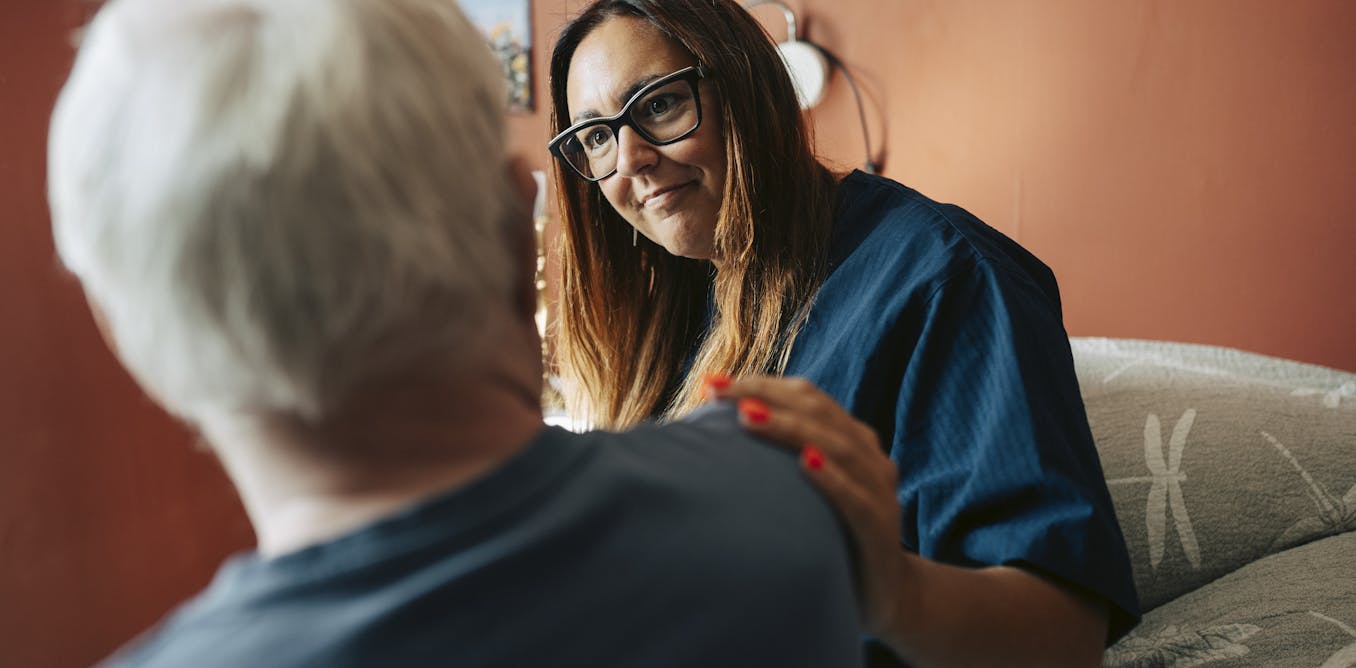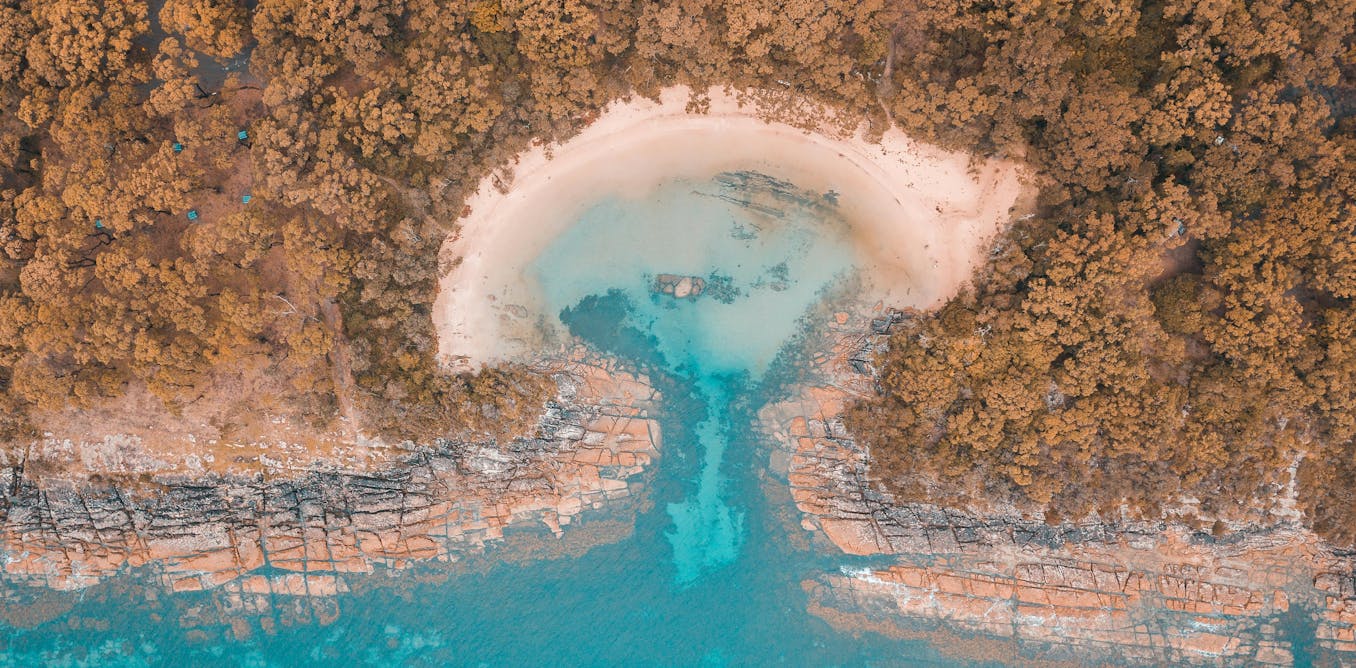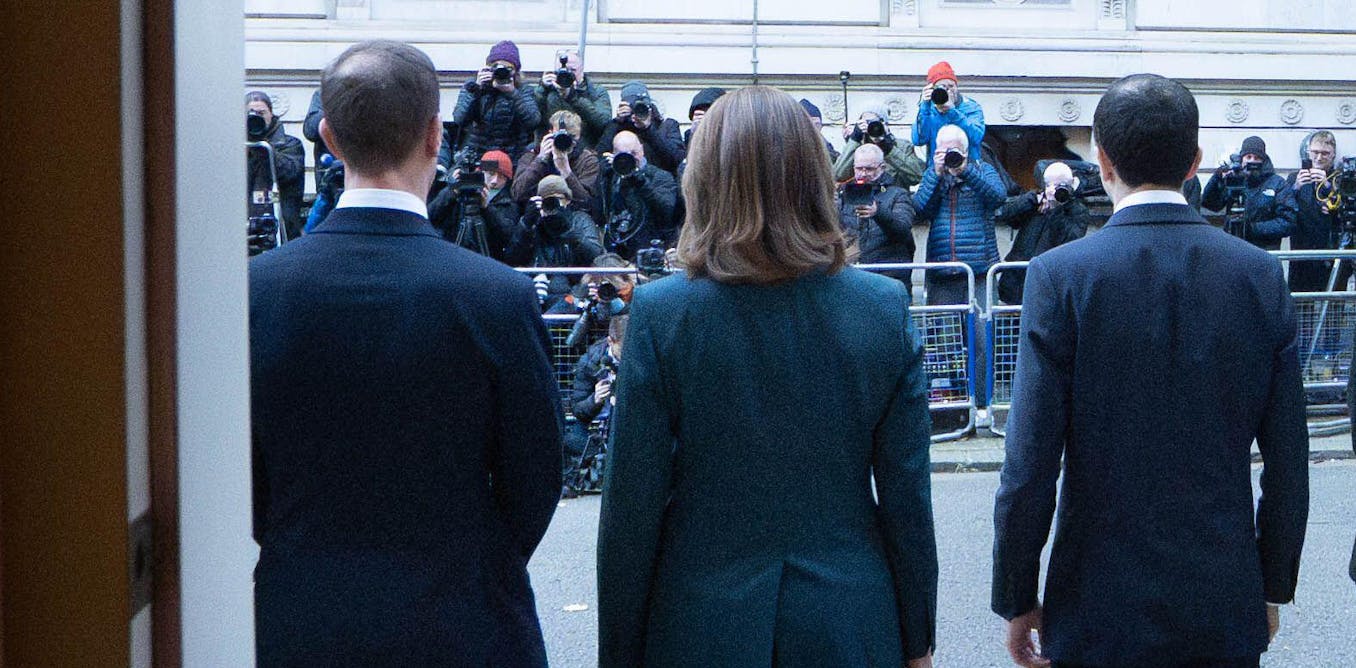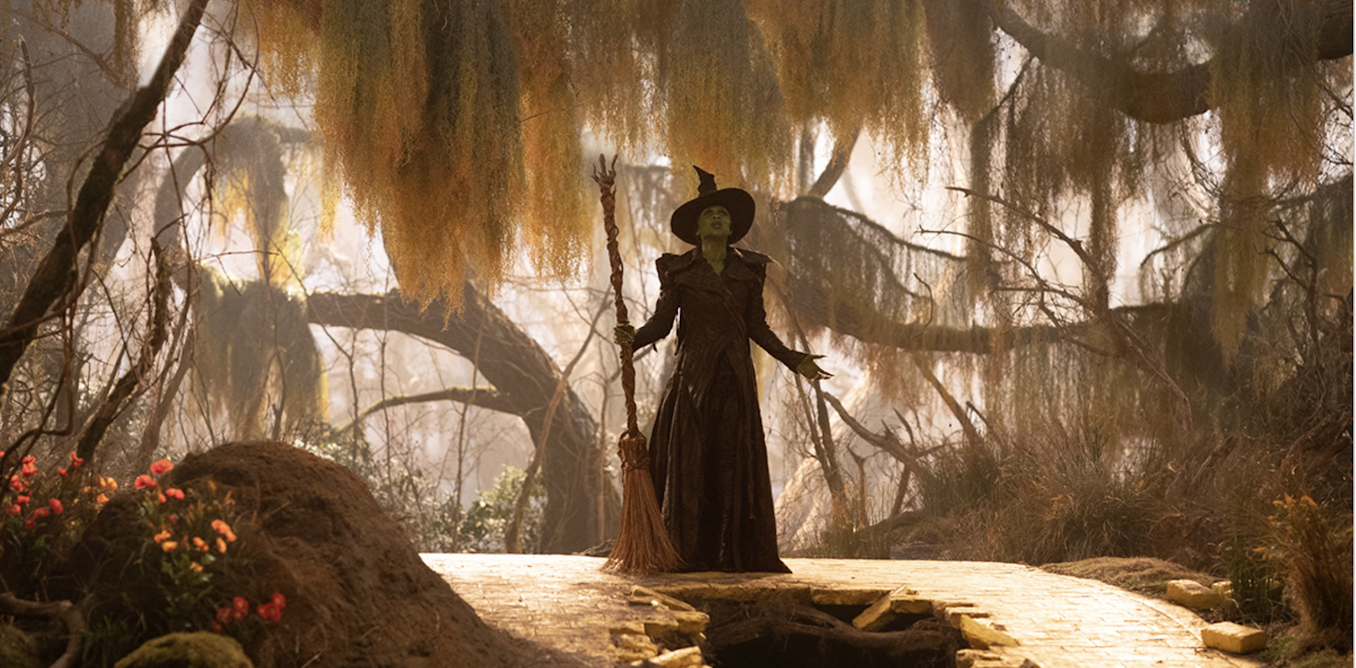In narrative time, “Dune: Part Two” starts just three hours after the first “Dune” ends, but the decision to open the film in the middle of an eclipse makes it feel like a completely different world.
During a recent interview for IndieWire’s Filmmaker Toolkit podcast, filmmaker Denis Villeneuve referred to his “idea of the eclipse at the beginning as a tool” to bring an “aesthetic shock” to his sequel. While this choice is motivated by how Paul (Timothée Chalamet) and his mother, Lady Jessica (Rebecca Ferguson), feel out of place in the desert world of the Fremen, it also gave Villeneuve and his team permission to wipe the color palette clean and choose lighting and camera techniques that cinematographer Greig Fraser called “left of center” in the film’s press notes.
“I was praying that the gods of cinema [would] allow me to do ‘Part Two’ because I knew with ‘Part One’ I was just like designing the sandbox,” said Villeneuve. “And in ‘Part Two,’ I would have the chance to play with the sand and have cinematic fun.”
According to production designer Patrice Vermette, in the early weeks of audiences embracing “Dune,” Villeneuve started to discuss his vision for “Part Two” with his collaborators, and he specifically expressed his desire to go “more wild.”
“It was like, let’s try to be more psychedelic, and this is where Denis thought about the light,” Vermette told IndieWire. The production…
Read full article: Cinematography Relied on Infrared Camera

The post “Cinematography Relied on Infrared Camera” by Chris O’Falt was published on 03/27/2024 by www.indiewire.com




































